Home>Ideas and Tips>Indoor Peace Lily Care Guide: Low-Light Plant Options
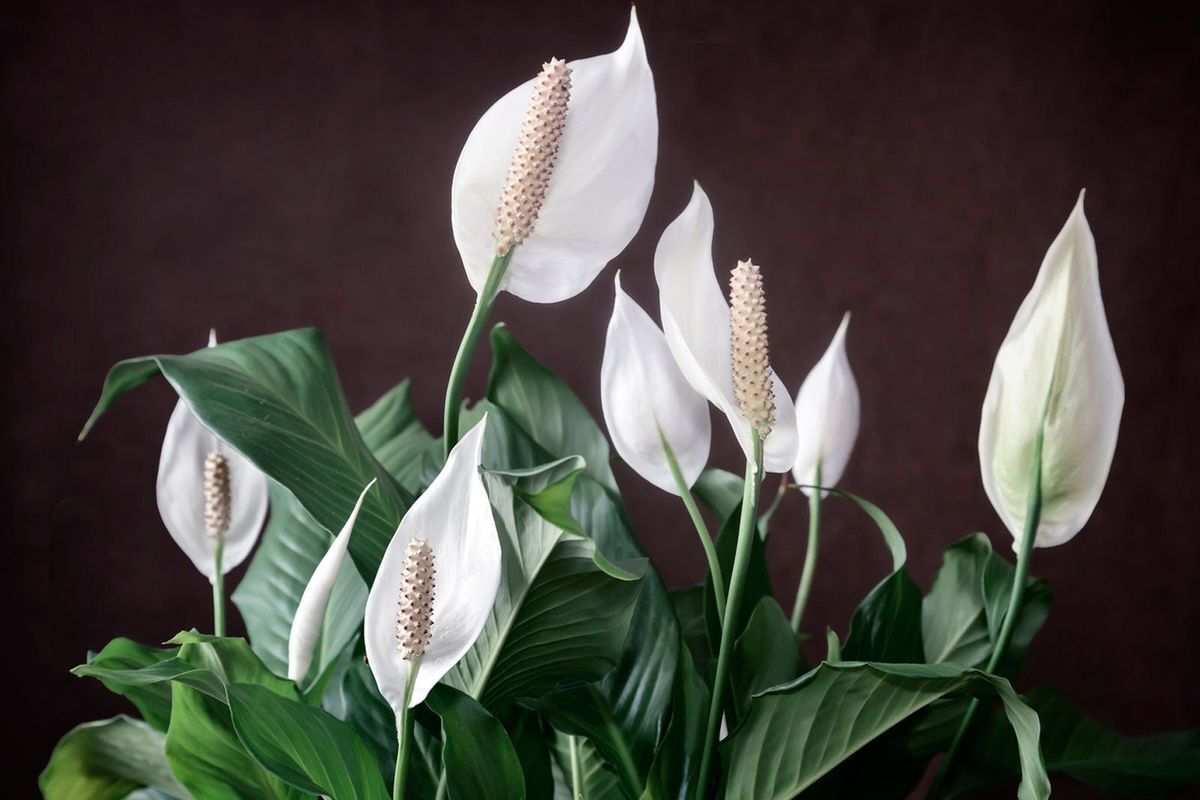

Ideas and Tips
Indoor Peace Lily Care Guide: Low-Light Plant Options
Published: September 2, 2024
Discover essential tips for caring for peace lilies, perfect for low-light indoor spaces. Learn about lighting, watering, fertilizing, and more.
(Many of the links in this article redirect to a specific reviewed product. Your purchase of these products through affiliate links helps to generate commission for Storables.com, at no extra cost. Learn more)
Introduction to Peace Lilies
Peace lilies, or Spathiphyllum, are known for their elegant white blooms and dark green leaves, making them a stunning addition to any room. Native to tropical regions, these plants have adapted well to indoor conditions and can thrive in a variety of lighting situations, including low light. This adaptability makes them an excellent choice for rooms with limited natural light.
Scientific Name and Varieties
The scientific name for peace lilies is Spathiphyllum, which includes over 40 species. Some popular varieties include the 'Mauna Loa' and 'Wallisii', each with its unique characteristics and growth patterns.
Lighting Requirements
One of the most significant advantages of peace lilies is their ability to tolerate low light conditions. While they can survive in dimly lit areas, they bloom most efficiently in low to bright, indirect sunlight.
Low Light Conditions
Peace lilies can thrive in low light environments, making them ideal for rooms with limited natural light. However, it's important to note that prolonged exposure to very low light can reduce flowering. For optimal results, place your peace lily about 4 feet away from a south-eastern window or use grow lights to supplement the natural light.
Example Placement
- South-Eastern Window: Placing your peace lily about 4 feet away from a south-eastern window provides it with ambient light, which is perfect for maintaining its health and encouraging blooms.
- Grow Lights: If you don't have access to natural light or want to ensure your plant thrives year-round, using grow lights is an excellent option. Ensure the lights are not too intense as this can cause sunburn on the leaves.
Bright Indirect Light
While peace lilies can tolerate low light, they also benefit from bright indirect light. This type of lighting stimulates photosynthesis, which helps the plant absorb water from the soil and prevents overwatering and root rot.
Example Placement
- Bright Indirect Light: Positioning your peace lily near a window with sheer curtains or blinds allows it to receive bright indirect light. This setup ensures that the plant gets enough light without being exposed to direct sunlight.
Watering Tips
Proper watering is crucial for maintaining the health of your peace lily. These plants prefer moist soil but should not be waterlogged.
Watering Frequency
The frequency of watering depends on the environment your peace lily is in. Generally, you should water your peace lily when the top layer of soil feels dry to the touch. If you notice your plant drooping, it's likely thirsty and needs immediate attention.
Example Watering Schedule
- Low Light Environment: In low light environments, peace lilies may require less frequent watering. Watering once a week is usually sufficient unless you notice the soil drying out faster.
- Bright Light Environment: In brighter light conditions, peace lilies may need more frequent watering. Check the soil daily and water when it feels slightly dry.
Avoiding Overwatering
Overwatering is one of the most common mistakes that can lead to root rot and kill your peace lily. To avoid this:
- Check Soil Moisture: Before watering, insert your finger into the soil up to the first knuckle. If the soil feels dry, it's time to water.
- Drainage: Ensure that your pot has good drainage holes to prevent water from accumulating in the soil.
Fertilization
Fertilizing your peace lily regularly helps maintain its health and encourages blooming. Use a balanced houseplant fertilizer diluted to half the recommended strength.
Fertilization Schedule
- Spring and Summer Months: Fertilize your peace lily every 6 weeks during spring and summer months when it's actively growing.
- Diluted Fertilizer: Use half the recommended dose of fertilizer to avoid burning the roots.
Example Fertilizer Application
- Dilution Ratio: For instance, if your fertilizer calls for 1/2 tsp per gallon of water, dilute it in 2 gallons of water for your peace lily.
Repotting
Peace lilies typically need to be repotted every year in the spring. This process helps maintain soil quality and provides a larger pot if necessary.
Choosing the Right Pot
When repotting, choose a pot that is about 2 inches larger in diameter than the current one. Avoid using pots that are too large as this can shock the plant.
Example Repotting Process
- Spring Repotting: Spring is the best time to repot your peace lily as it's actively growing.
- Soil Quality: Use potting soil that drains well to prevent waterlogging.
- Gentle Handling: Handle the roots gently when transferring them to the new pot.
Common Issues and Solutions
Despite their hardiness, peace lilies can sometimes face issues that need attention. Here are some common problems and their solutions:
Yellowing Leaves
Yellowing leaves often indicate overwatering or underwatering. To address this:
- Check Watering Schedule: Adjust your watering schedule based on the environment.
- Reduce Watering: If you've been overwatering, reduce the frequency of watering until the soil feels dry.
Brown Leaves
Brown leaves can result from too much light, too little water, or overfertilization. To troubleshoot:
- Assess Lighting: Move the plant away from direct sunlight if necessary.
- Adjust Watering: Ensure you're not underwatering or overwatering.
- Reduce Fertilization: If you suspect overfertilization, reduce the frequency of fertilization.
Pests
Peace lilies are generally pest-free but can occasionally attract pests like spider mites or mealybugs. To address pest issues:
- Inspect Plant: Regularly inspect your plant for any signs of pests.
- Isolate Plant: If you find pests, isolate the plant immediately to prevent spreading.
- Treat Pests: Use insecticidal soap or neem oil according to the product's instructions.
Conclusion
Peace lilies are versatile houseplants that can thrive in a variety of lighting conditions, making them perfect for indoor spaces with limited natural light. By following these care tips—whether it's watering, fertilizing, or repotting—you'll be able to keep your peace lily healthy and blooming beautifully.
Whether you're looking to brighten up a dark room or simply add some greenery to your home decor, peace lilies are an excellent choice. With their elegant white blooms and dark green leaves, they bring life and beauty to any space while requiring minimal maintenance.
By understanding their needs and addressing potential issues promptly, you'll be able to enjoy the beauty of your peace lily for years to come.
Additional Resources
For more detailed information on peace lily care and other houseplants, consider visiting the following resources:
- The Old Farmer's Almanac: Provides comprehensive tips on caring for peace lilies including watering, lighting, and fertilizing.
- Jaelan Mincey's Blog: Offers beginner-friendly tips on growing peace lilies in low-light conditions.
- Reddit Plant Community: Features discussions from experienced plant enthusiasts sharing their experiences with peace lilies.
By combining these resources with the tips outlined in this guide, you'll be well-equipped to care for your peace lily and enjoy its beauty for years to come.
Was this page helpful?
At Storables.com, we guarantee accurate and reliable information. Our content, validated by Expert Board Contributors, is crafted following stringent Editorial Policies. We're committed to providing you with well-researched, expert-backed insights for all your informational needs.
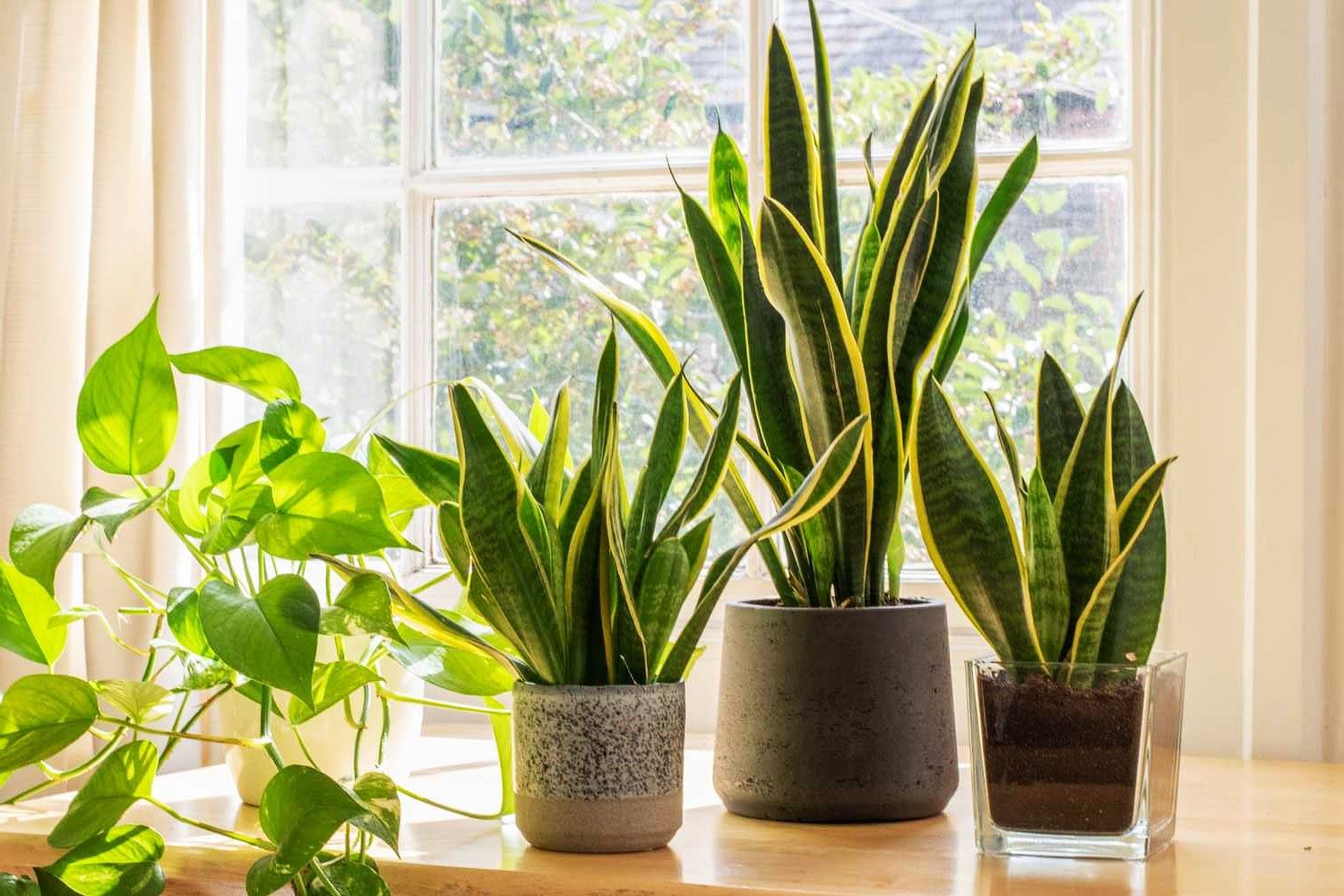
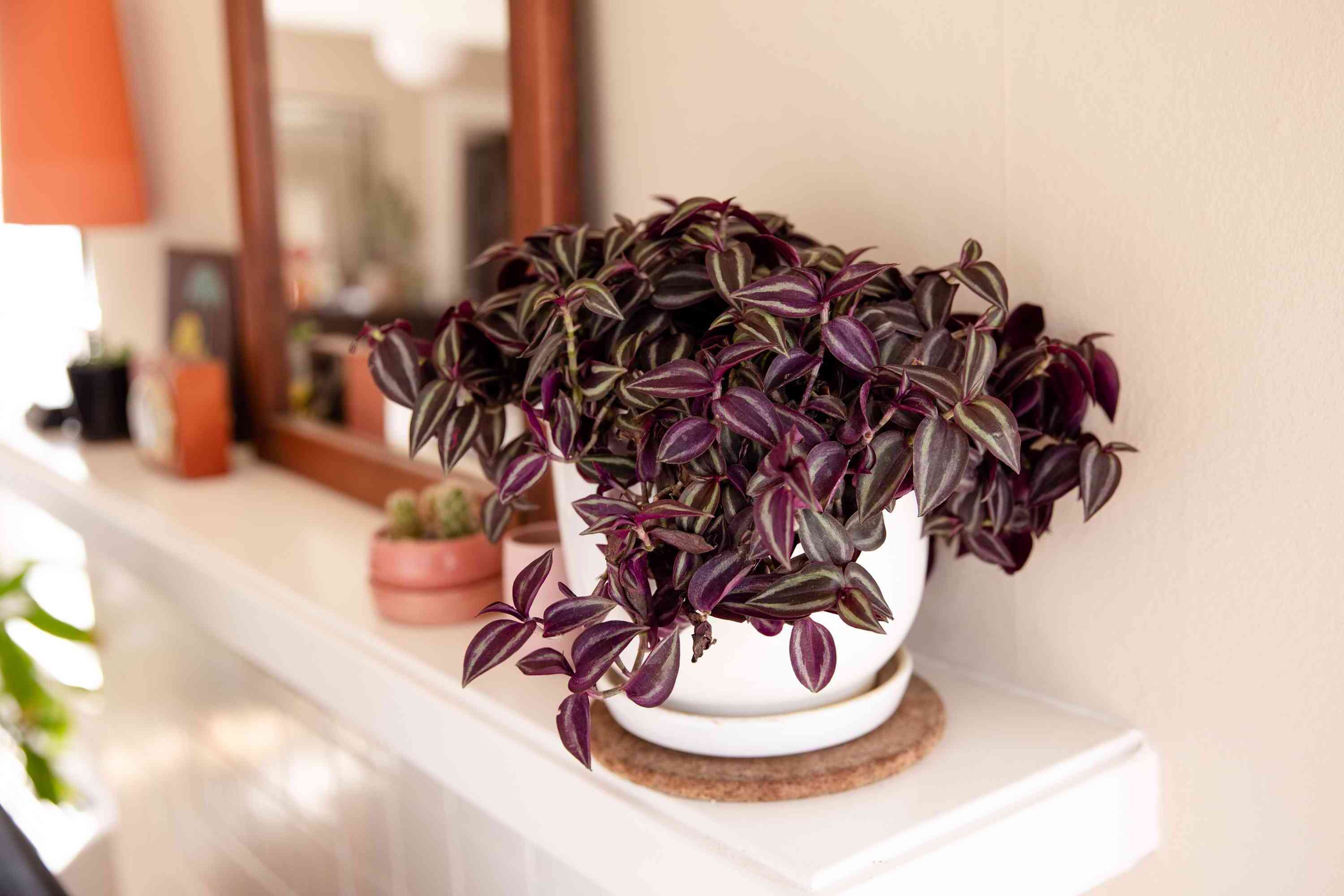
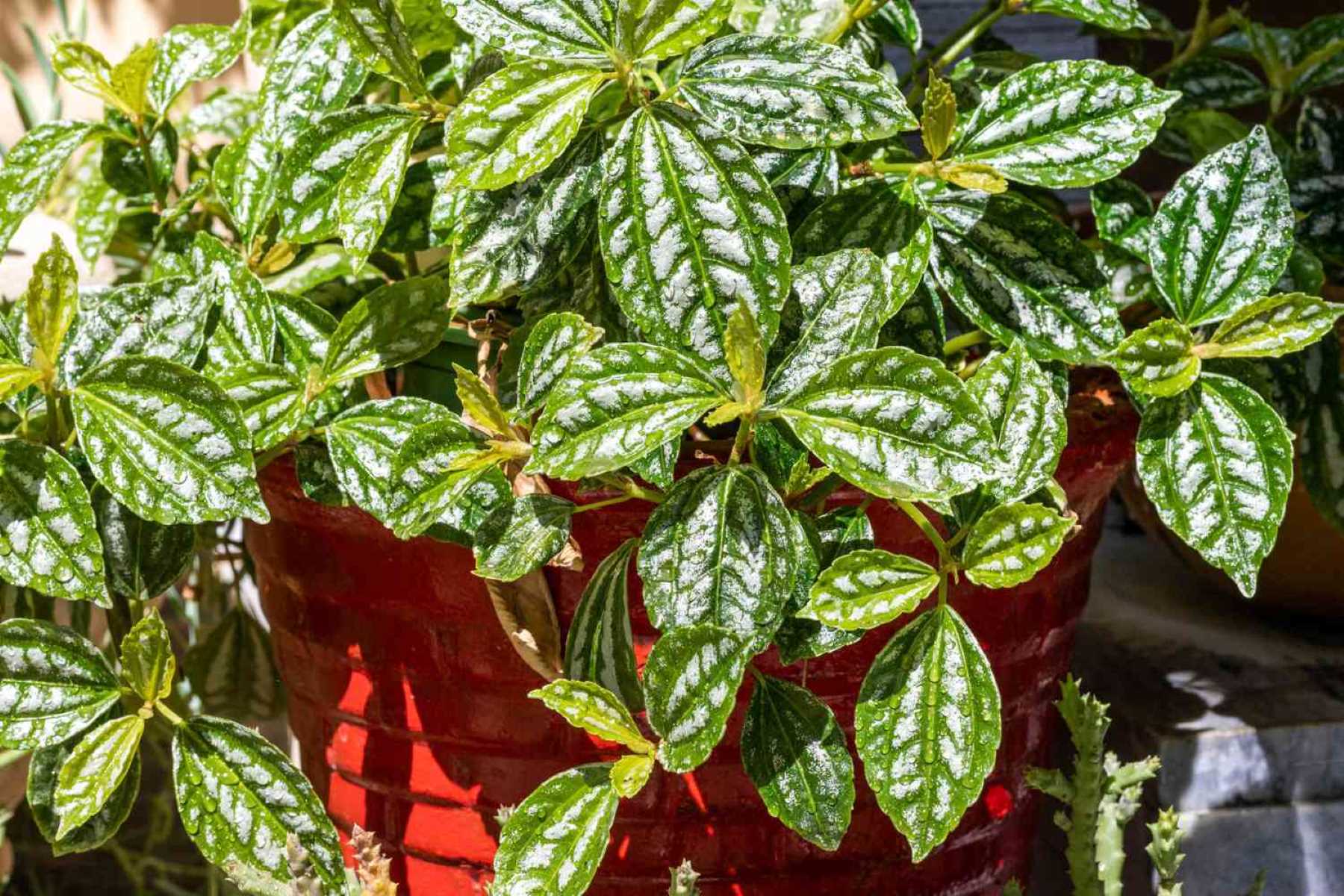
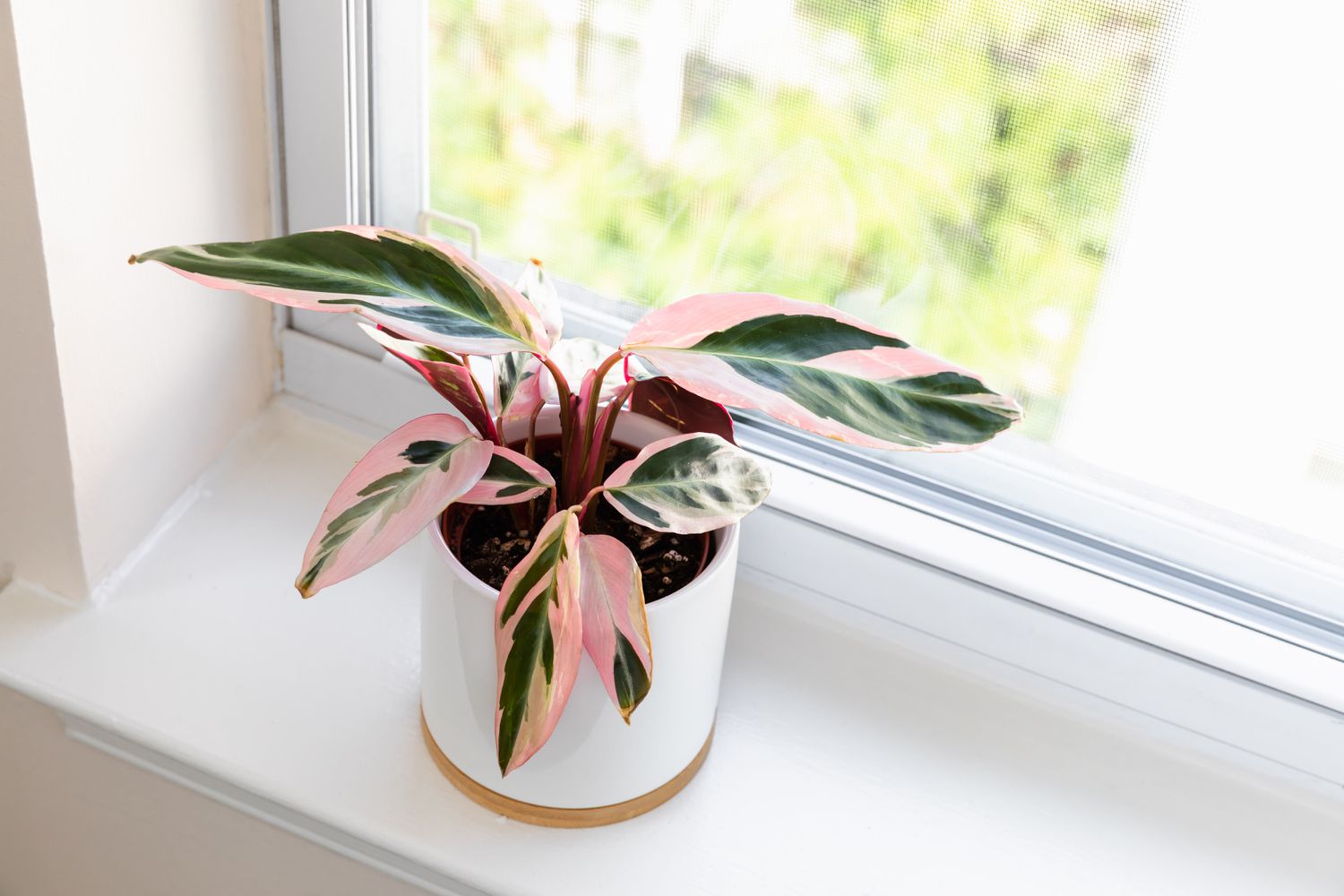
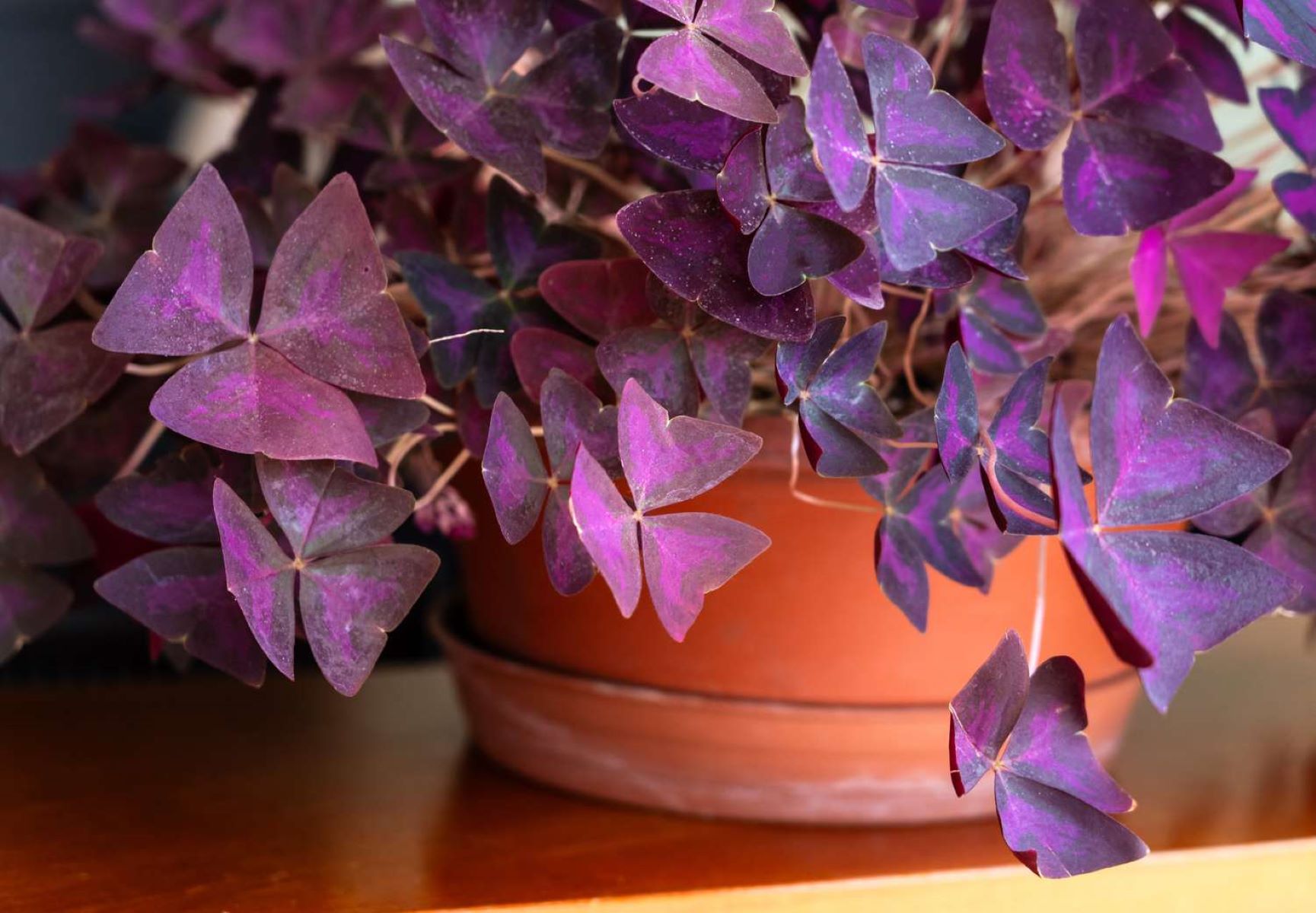
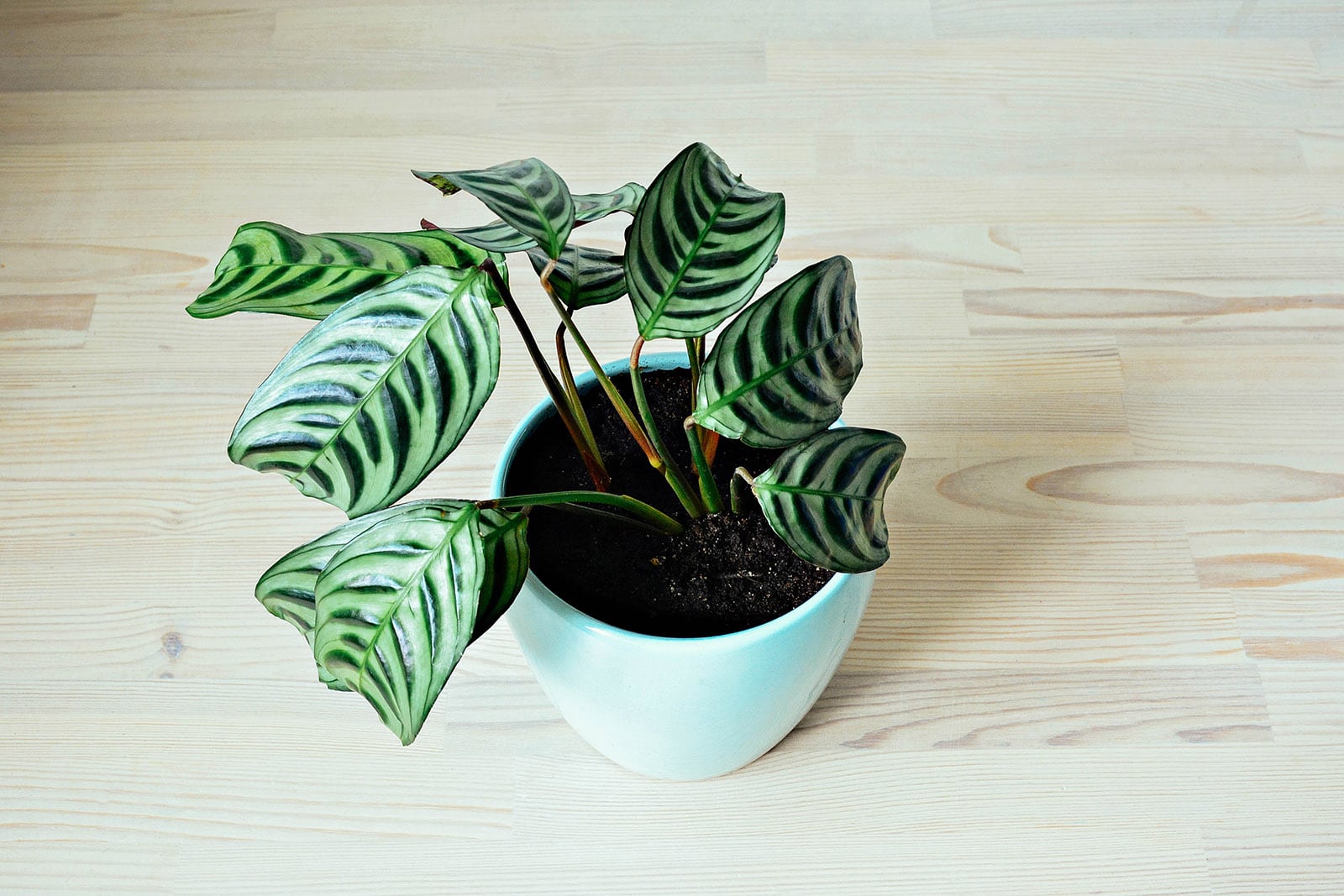

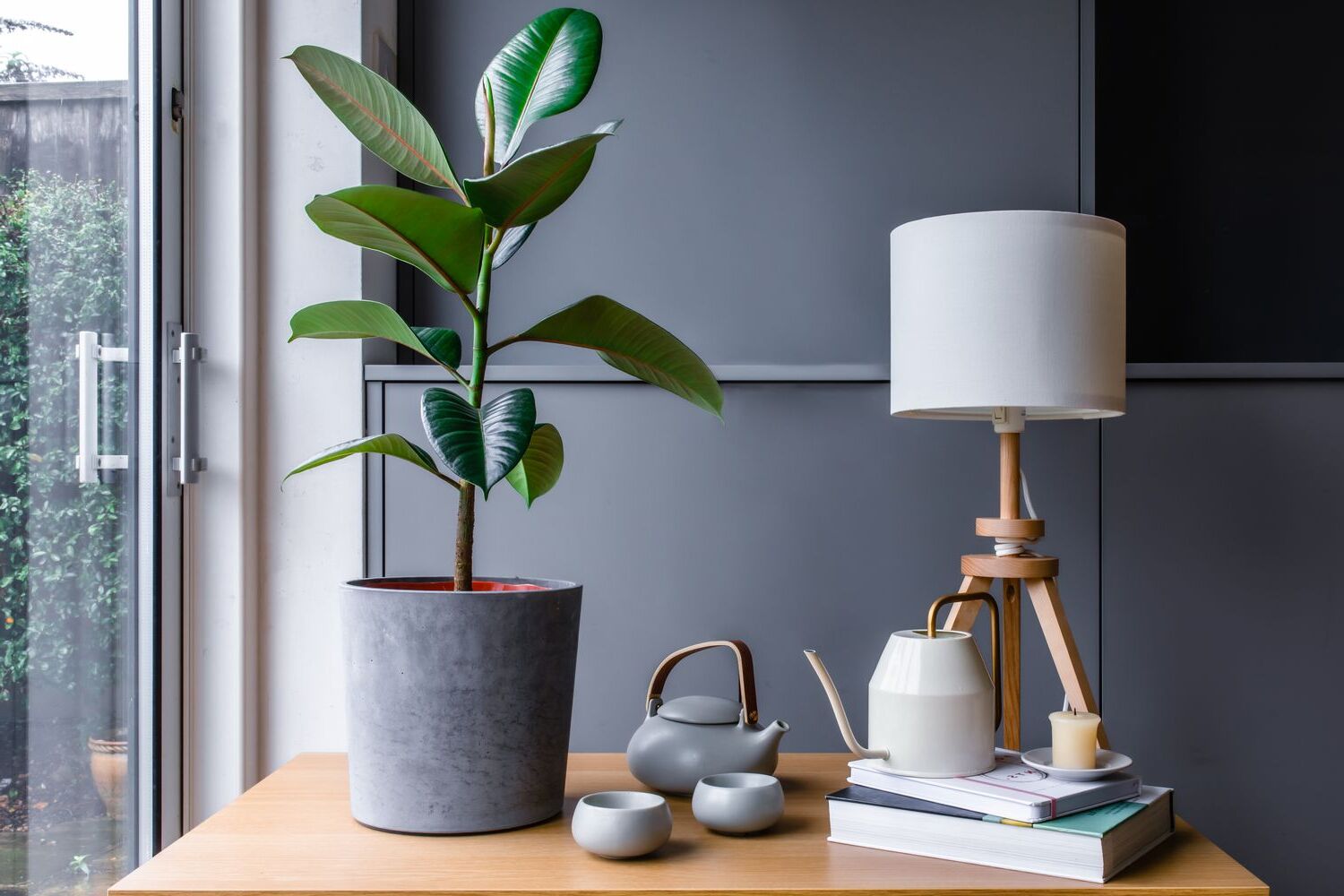
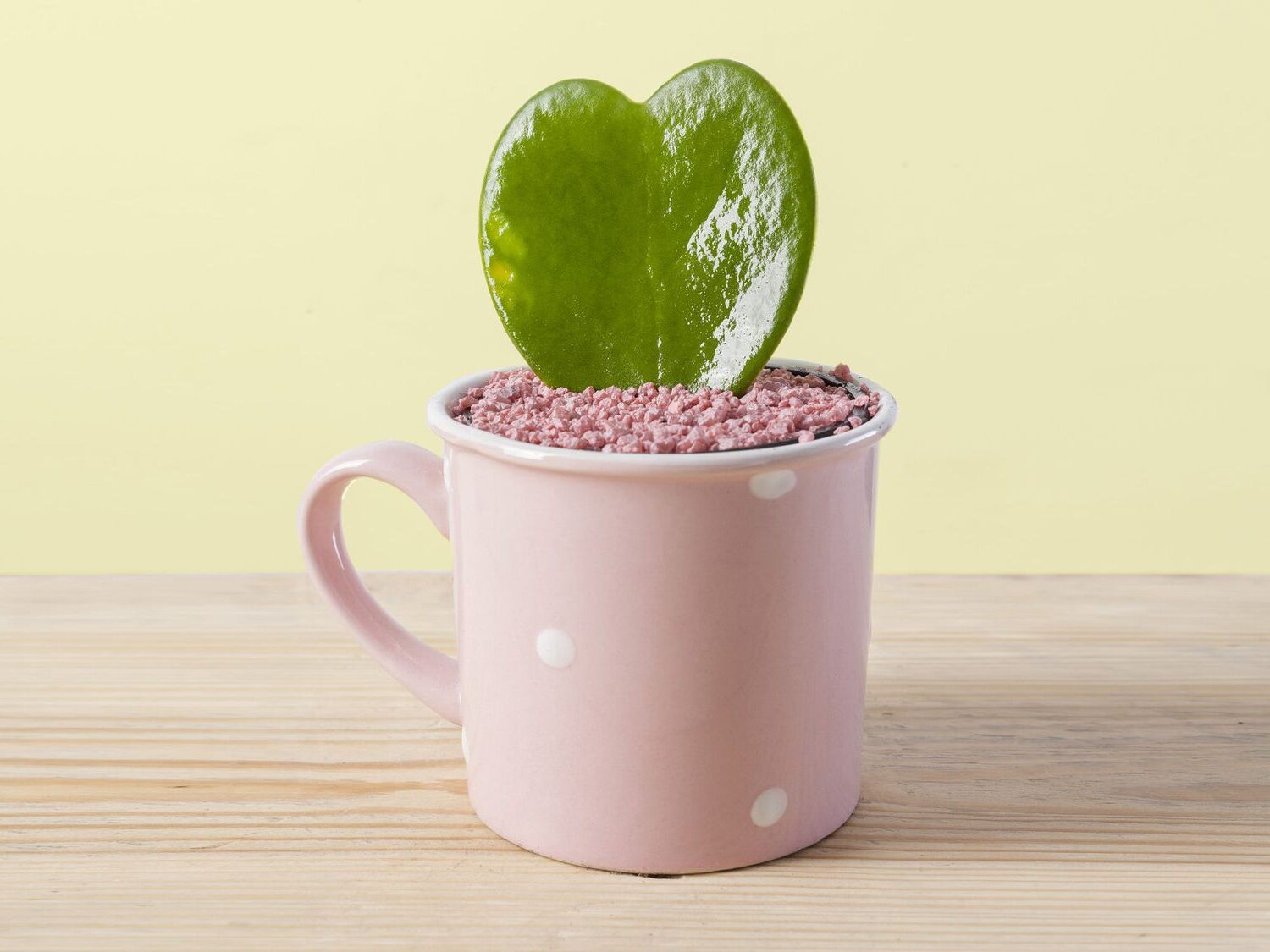
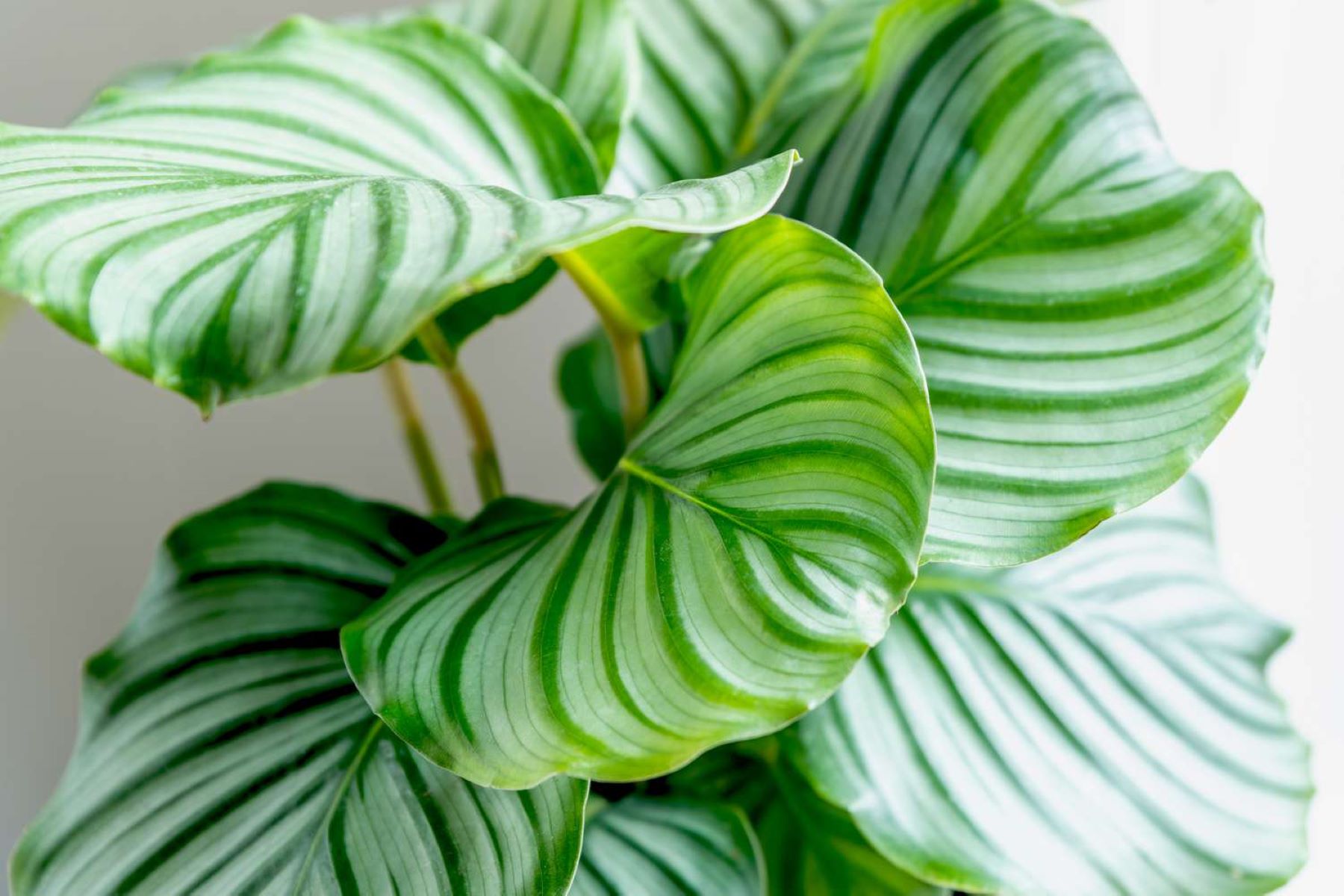
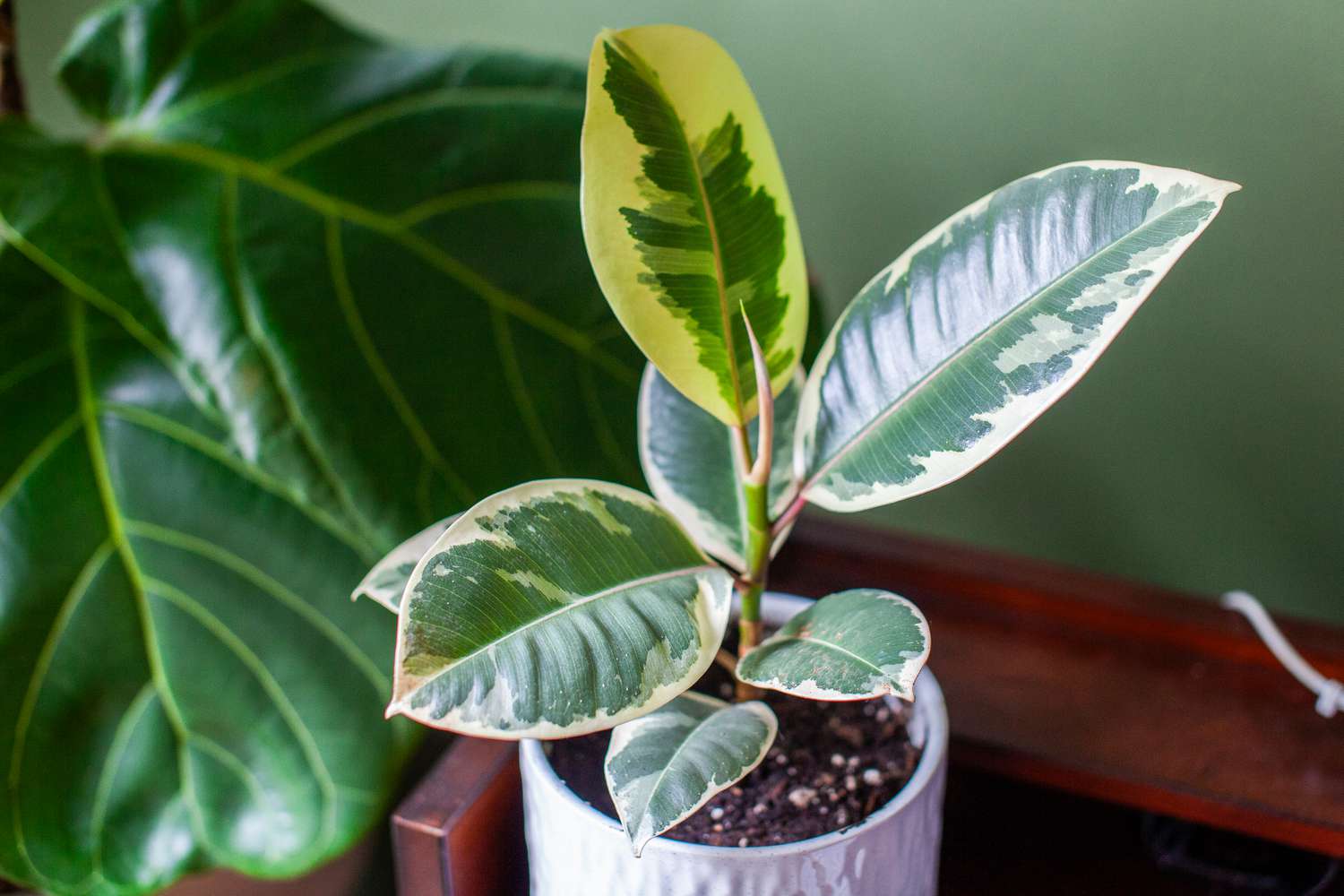

0 thoughts on “Indoor Peace Lily Care Guide: Low-Light Plant Options”